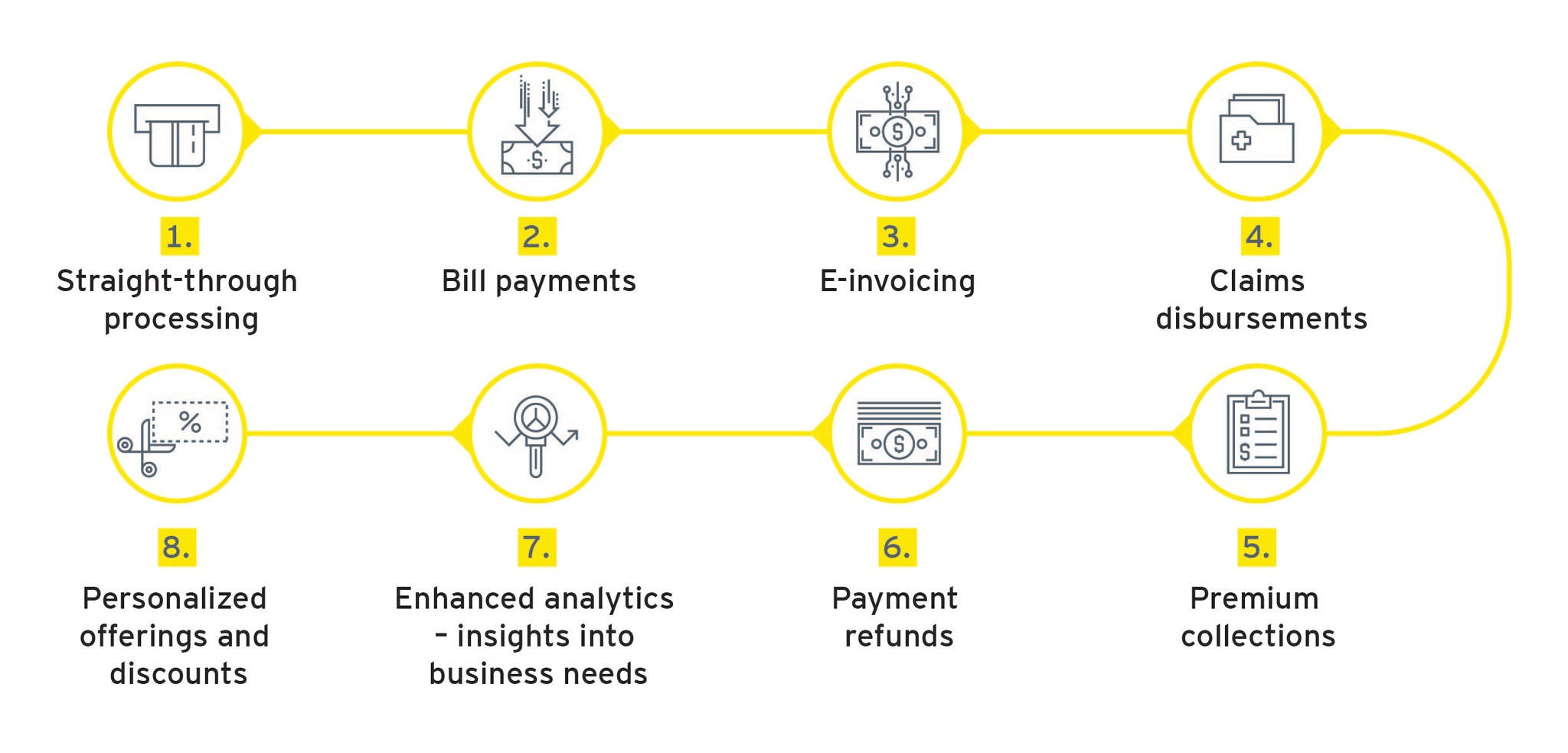EY refers to the global organization, and may refer to one or more, of the member firms of Ernst & Young Global Limited, each of which is a separate legal entity. Ernst & Young Global Limited, a UK company limited by guarantee, does not provide services to clients.

Co-authored by Aditi Kapoor and Amir Sharif
The Canadian banking ecosystem is going through a revolution, with multiple forces driving monumental changes. The Real-Time Rail (RTR) is one of the services that will drive these changes.
In brief
- Where does the real value of RTR lie?
- How can FIs seize this as an opportunity ahead of the launch?
When we hear about the many benefits of the Real-Time Rail (RTR), the instant and irrevocable characteristics are most commonly mentioned in the banking ecosystem. But is that where the real value lies? What if the key change is to use the RTR solely for its rich data transfer capabilities? What new products, services and value propositions could emerge in the battle for consumer wallet share and “stickiness?” Can service providers protect their payments revenue streams? Will they develop new revenue streams?
The industry has been running on all four engines to prepare for the RTR to launch in 2023, but RTR will not be a source of competitive advantage for any one player. From a retail client perspective, most small-denomination payments can be made in real time through mechanisms like e-transfer. RTR creates opportunities to introduce efficiencies and value propositions in the small and medium enterprise (SME) and commercial segment of that market.
This segment of the market, both in Canada and globally, is increasingly open to working with new service providers1— challenger banks and Fintechs — if they are provided with innovative solutions to their current problems.
Value through data
The benefits of data-rich payments are well known. Richer data allows for more business automation and brings the promise of straight-through processing and operational efficiencies. It will also provide simplification opportunities for critical processes like order-to-cash and generate better analytics to improve planning and forecasting for organizations.
The first release of RTR will focus on single credit transfers and payment returns. Future releases will build on these capabilities and introduce services like request to pay and cross-border interoperability functionality.

What if we could use the flexibility of ISO 20022 messages to push the boundaries of value by embedding business logic through constructs like smart contracts? Could we create new value at the intersection of data-rich messages, blockchain smart contracts, automation and AI?
How can organizations prepare for these sets of opportunities?
1. Select value-oriented use cases: Develop hypotheses on value-oriented use cases that have the potential to drive adoption. Which market segments do we want to serve and win in? Can we add new revenue streams through these use cases? What is the experimentation framework we want to adopt?
2. Prioritize end-user experience: Simplification of user experience is also going to be a critical factor in consumer adoption. We are likely to see a rise of “super apps” in Canada that seamlessly string together a wide set of capabilities.
3. Plan for potential partnerships: It will be very hard for any one organization to excel at all the capabilities required to deliver the selected use case. This is where partnerships come in. Organizations need to re-evaluate their partnership strategy in the context of real-time, irrevocable movement of value and their ability to use data portability to generate actionable insights. This applies to organizations of all sizes; whether they’re looking to support ISO 20022 end to end or simply looking to ensure they can provide the necessary party and remittance information to their payment service provider, preparations should start now.
4. Develop the right architecture: Think big and build flexible architecture. This will be key to taking full advantage of the many data points coming from the structured and unstructured data in the ISO 20022 messages and accelerating time to market.
5. Develop a playbook: Develop a plan to move quickly from the experimentation framework to scaling the business opportunity. Beyond the traditional partnership between business and technology, remember to include change management, privacy, regulation and compliance, risk management, finance and talent.
The opportunities are endless. Fintechs and new entrants are learning from global implementations of real-time payment systems and will be ready to take advantage of richer payments. This is the opportunity for existing service providers to get ahead of the curve and build differentiating value through richer data into their strategic plans.
Richer payments will become a reality with the RTR’s launch in 2023. The time to act is now.
Related articles
The Great Convergence - what financial institutions can do to get ahead
Read how FIs can gain momentum ahead of the great convergence by re-thinking their business model.
How risk management can enhance open banking innovation
Open banking: how incorporating risk management and privacy principles can enhance innovation
Summary
Learn more about the value of RTR and how service providers can get ahead to seize the opportunity by incorporating richer data into their strategic plans.



